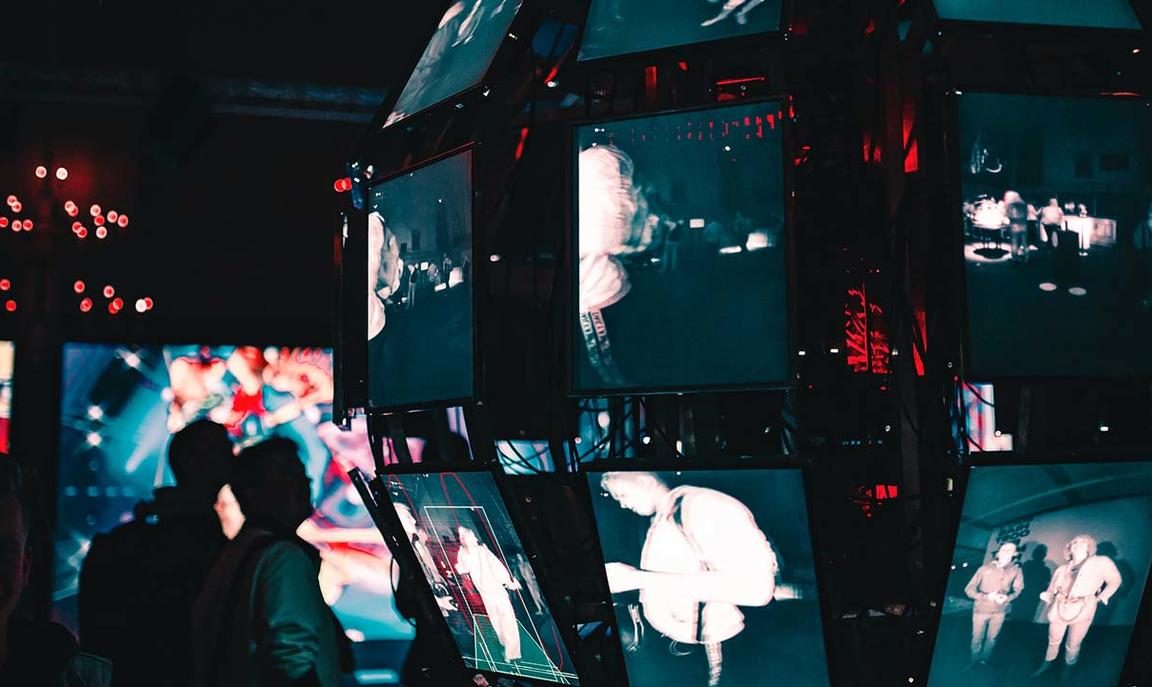Blockchain, Cryptocurrencies and NFTs is one of the electives that has been added to the curricula across MA programs at Sotheby’s Institute of Art in London. Alumnus Brian Nuciforo '21, shares his thoughts on the integration of art and technology in the contemporary art world.
Brian Nuciforo began attending Sotheby’s Institute of the Art in January 2021 where he pursued an MA in Art Business and wrote the dissertation, “Contemporary Art in the Digital Age: The Birth of a New Market”. After noticing that traditional art institutions needed a change, he and a group of friends from university founded the Lava Club Experience, “a curatorial production team involved in creating innovative and creative art exhibition experiences that transpire the interaction and fusion of artists with the modern art audience”. Lava Club is a new kind of art platform founded to accomodate the needs of a new generation of artists, bridging the gap between traditional institutions and the introduction of new art-technology.
Nuciforo attributes his success to the importance of staying updated with current trends and understanding the ever-evolving technology in the art-tech space. However, having that fundamental understanding of the art world is only the first step. The Lava Club Experience operates as any other business does in looking to maximize value for the company and its consumers. For this reason they are particularly selective about artists they choose to work with – these artists must synergize with the company’s values. As Nuciforo states, the Lava Club “is a long-term project where the main goals are based on the quality of the works; taking artists who only aim at sales would discredit our work”. Selectivity and collaboration are key to the continuing success of the Lava Club.
As an innovator in the art and technology space, Nuciforo provided some insights into the current art market trends. Nuciforo asserts that the popularity and legitimacy of NFTs have grown significantly within the past year. Not only are more upcoming artists utilizing the NFT platform to showcase and sell their artwork, but the NFT market itself is growing and becoming more widely accepted. Just a year ago the market was filled with heavy speculation and hesitation in investing in NFTs – some investors jumped straight on the trend while many others maintained their distance. Nuciforo observed a “speculative bubble” that has since then shrunk as the market has become more structured.
Despite his generally positive outlook, Nuciforo reminds that there are many uncertainties that still remain for the future of NFTs and digital art. One consideration is the ecological impact that occurs through the sale of NFT artworks, and Nuciforo points out that cryptocurrency platforms are already making the shift towards a more environmentally sound system, so it will be necessary that NFT platforms also address this issue. Another important question is whether the trading of NFTs will “upset the art world by changing the way art is traded [including] exchanges of non-NFT historical works”. Digitalization of art is fundamentally changing the way art is presented and exchanged, we must consider those who may not be so open to this shift – as Nuciforo states, this could “split the world of art”.
